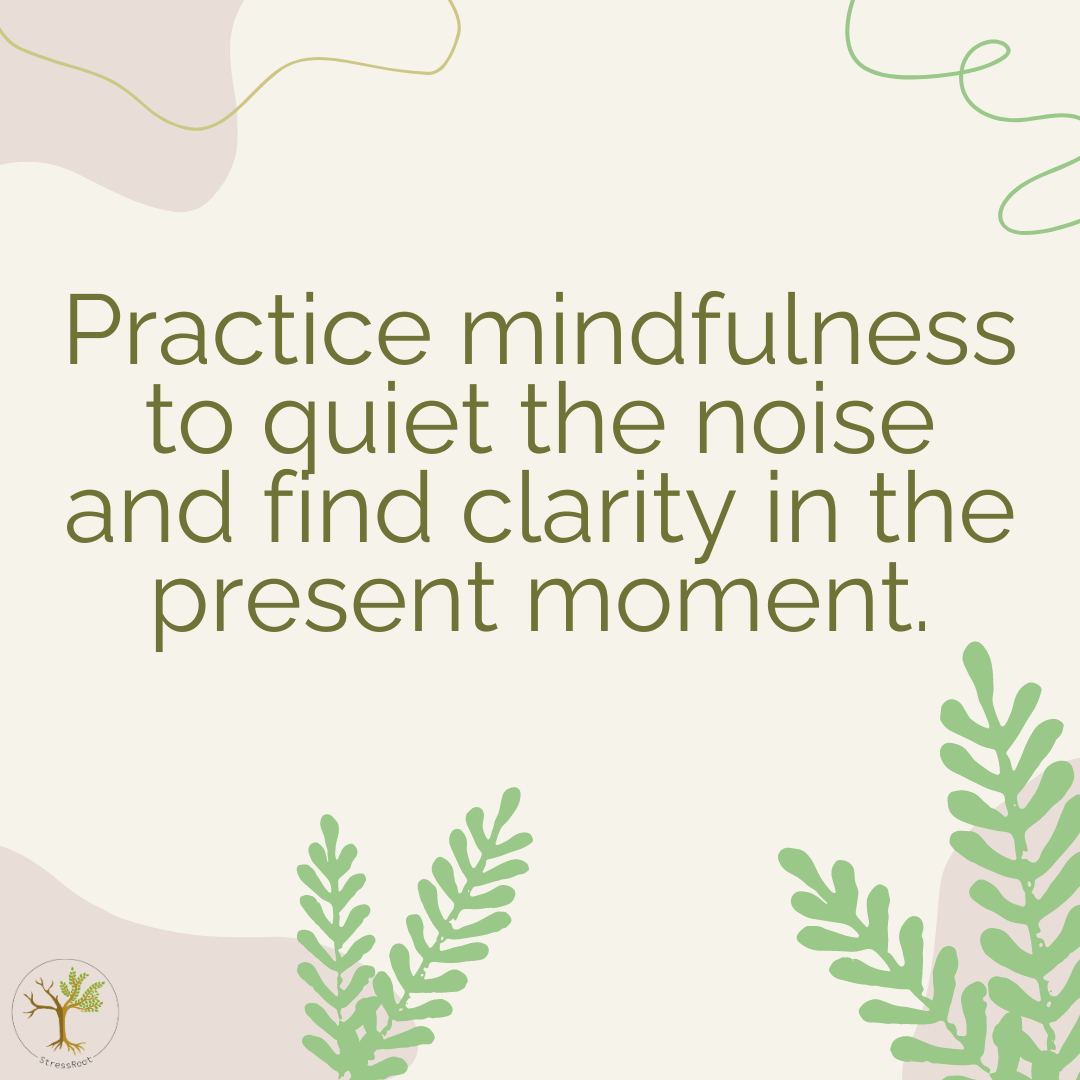Attachment Influence on Stress Management
Ever wondered how your childhood relationships shape your stress levels and connections as an adult? Discover the profound impact of early caregiver bonds on your current ability to handle stress, communicate, and form meaningful relationships.
Understanding attachment styles
Attachment styles refer to the patterns of emotional bonding and relationship behaviors that individuals develop in early childhood based on their interactions with caregivers.
The four types of attachment styles are avoidant, disorganized, secure, and anxious-resistant attachment.
All these different styles of attachment heavily influence how people relate to others, manage stress, and communicate in their adult relationships.
Secure, anxious, avoidant, and disorganized attachment styles influence how we handle stress and form relationships.
Identifying your attachment style: Child-caregiver interaction
Secure attachment
Caregivers were consistently responsive and available to the child’s needs. Children feel safe exploring their environment and know they can rely on their caregivers for support.
Anxious-ambivalent (anxious-resistant) attachment
Caregivers are inconsistent. Sometimes available and nurturing, other times distant and preoccupied. Children see their caregiver’s responses as unpredictable.
Avoidant Attachment
Caregivers are emotionally unavailable, insensitive, or rejecting. Children learn to self-soothe and become emotionally self-reliant, avoiding reliance on the caregiver.
Disorganized Attachment
Caregivers are often frightening, abusive, or extremely erratic in their behavior. Children experience confusion and fear, unable to develop rational strategies to deal with the caregiver’s behavior.
Attachment styles presented in adulthood
Secure attachment
Comfortable with both intimacy and independence. Trusting, empathetic, and able to form healthy, balanced relationships. Generally have a positive view of themselves and others.
Anxious-Ambivalent (Anxious-Resistant) attachment
Craves closeness and intimacy but often worry that others do not reciprocate their feelings. Typically appear clingy, co-dependent, and preoccupied with relationships. Experience intense emotions and fear of abandonment.
Avoidant attachment
Value independence and self-sufficiency resulting in avoidance of close emotional connections. May appear distant, cold, and uncomfortable with intimacy. Typically tend to suppress emotions and detach from relationships.
Disorganized attachment
Struggle with trust and fear in relationships, often alternating back and forth between clinginess and withdrawal. May exhibit chaotic, unpredictable behavior in relationships and have a high risk for mental health issues such as anxiety, depression, or personality disorders.
Attachment styles and stress
Secure attachment
Typically have lower levels of stress. Their optimistic outlook on life, confidence in themselves, and trust in others enable them to regulate stress effectively and comfortably seek support when needed.
Anxious-Ambivalent (Anxious-Resistant) attachment
Higher levels of stress due to fear of abandonment and need for constant reassurance. Constant worries about rejection and abandonment can interfere with effective problem-solving skills.
Avoidant attachment
Stress manifests as emotional detachment and suppression. Typically related to depressive symptoms of perfectionism and unrealistic standards.
Disorganized attachment
High-stress levels due to conflicting desires for closeness and fear of intimacy. Similar to the anxious-resistant attachment style, the chronic worry of rejection can interfere with effective problem-solving.
Strategies to heal and cope with attachment styles
Secure attachment
Engage in therapeutic practices that focus on self-awareness and secure attachment behaviors such as cognitive-behavioral therapy (CBT) or Emotionally Focused Therapy (EFT). Practicing mindfulness to enhance emotional regulation and awareness. Try to maintain and seek relationships with securely attached individuals to reinforce secure attachment behaviors.
Anxious-Ambivalent (anxious-resistant) attachment
Engage in therapies like EFT which focuses on understanding and reshaping emotional responses, and Dialectical Behavior Therapy (DBT) for emotional regulation skills. Learning how to practice self-compassion and self-care to reduce dependency on external validation. Try to seek relationships with securely attached partners who are willing to provide consistent support and reassurance.
Avoidant attachment
Engage in therapies that focus on developing emotional awareness and connection, such as psychodynamic therapy or attachment-based therapy. Practice allowing yourself to be vulnerable and sharing emotions in safe, trusting relationships. Engage in mindfulness practices to become more aware of suppressed emotions and gradually develop comfort with expressing those emotions.
Disorganized Attachment
Seek intensive trauma-informed therapies such as EMDR (Eye Movement Desensitization and Reprocessing) or trauma-focused Cognitive-Behavioral Therapy (TF-CBT). Establish safe, stable, and predictable relationships and environments to rebuild a sense of trust and security. Learn and practice self-regulation techniques, including mindfulness, grounding exercises, and developing a strong support system.
Do you want support to implement these strategies?
Not sure how to implement this or still feeling stress, be in touch. I am here to help you. Contact me to schedule a free consultation session.




